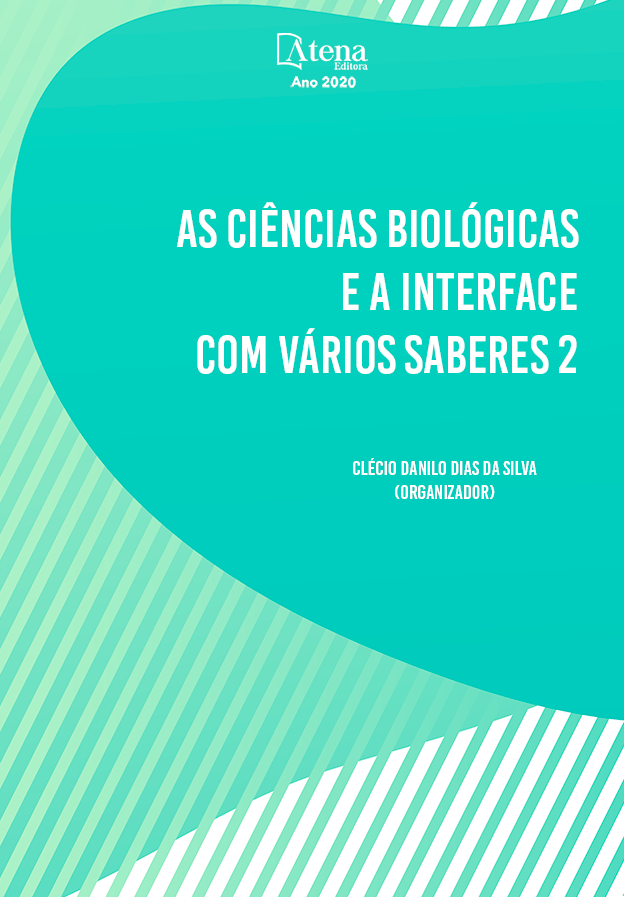
AVALIAÇÃO DA QUALIDADE DE VIDA ASSOCIADA À CRONOBIOLOGIA EM TRABALHADORES DE TURNO DE UM HOSPITAL UNIVERSITÁRIO DOS CAMPOS GERAIS
Objetivo: O objetivo deste estudo foi avaliar a influência do cronotipo e do turno na qualidade de vida de trabalhadores da enfermagem em um Hospital Universitário dos Campos Gerais. Métodos: Utilizou-se no estudo uma comparação quantitativa e transversal entre 36 indivíduos que trabalhavam em turnos na unidade de clínica médica de internação de adultos. O cronotipo foi determinado através do Questionário de Maturnidade – Vespertinidade de Horne e Ostberg e a qualidade de vida avaliada pelo WHOQOL – bref. Resultados: Metade da amostra foi classificada no cronotipo intermediário, 33,33% em matutino e o restante em vespertino, sendo 5,55% do total discordante de seu turno. Não houve associação entre cronotipo e qualidade de vida (p > 0,05), entretanto foi verificada uma associação positiva entre o domínio físico e o turno e entre cinco dos quatro domínios do WHOQOL e os cronotipos concordantes (p < 0,05). Conclusões: O estudo demonstrou que a concordância entre o cronotipo com o turno pode ser considerada um fator protetor na qualidade de vida da amostra estudada.
AVALIAÇÃO DA QUALIDADE DE VIDA ASSOCIADA À CRONOBIOLOGIA EM TRABALHADORES DE TURNO DE UM HOSPITAL UNIVERSITÁRIO DOS CAMPOS GERAIS
-
DOI: 10.22533/at.ed.38220021010
-
Palavras-chave: Cronobiologia; Qualidade de vida; Saúde do trabalhador; Ritmo circadiano
-
Keywords: Chronobiology; Quality of life; Worker's health; Circadian rhythm
-
Abstract:
Objective: The objective of this study was to evaluate the influence of chronotype and shift on quality of life of nursing workers in a University Hospital of Campos Gerais. Methods: In this study, was used a quantitative and cross-sectional comparison of 36 individuals who work in shifts at the adult medical clinic. The chronotype was determined with the Horne and Ostberg’s Questionnaire and the quality of life assessed by the WHOQOL - bref. Results: Fifty percent of the sample was classified as intermediate chronotype, 33.33% was considered as matutinal and the rest as vespertine, being 5.55% of the total discordant compared to the turn. There was no association between chronotype and quality of life (p > 0,05). However, there was found a positive association between the physical domain and the shift and between five of the four WHOQOL domains and concordant chronotypes (p < 0,05). Conclusions: The study demonstrated that the agreement between the chronotype and the shift can be considered a protective factor in the quality of life of the sample studied.
-
Número de páginas: 14
- Ana Letícia Grigol Dias
- Mariane Marcelino Fernandes
- Felício de Freitas Netto
- Fabiana Postiglione Mansani
- Bruna Heloysa Alves


